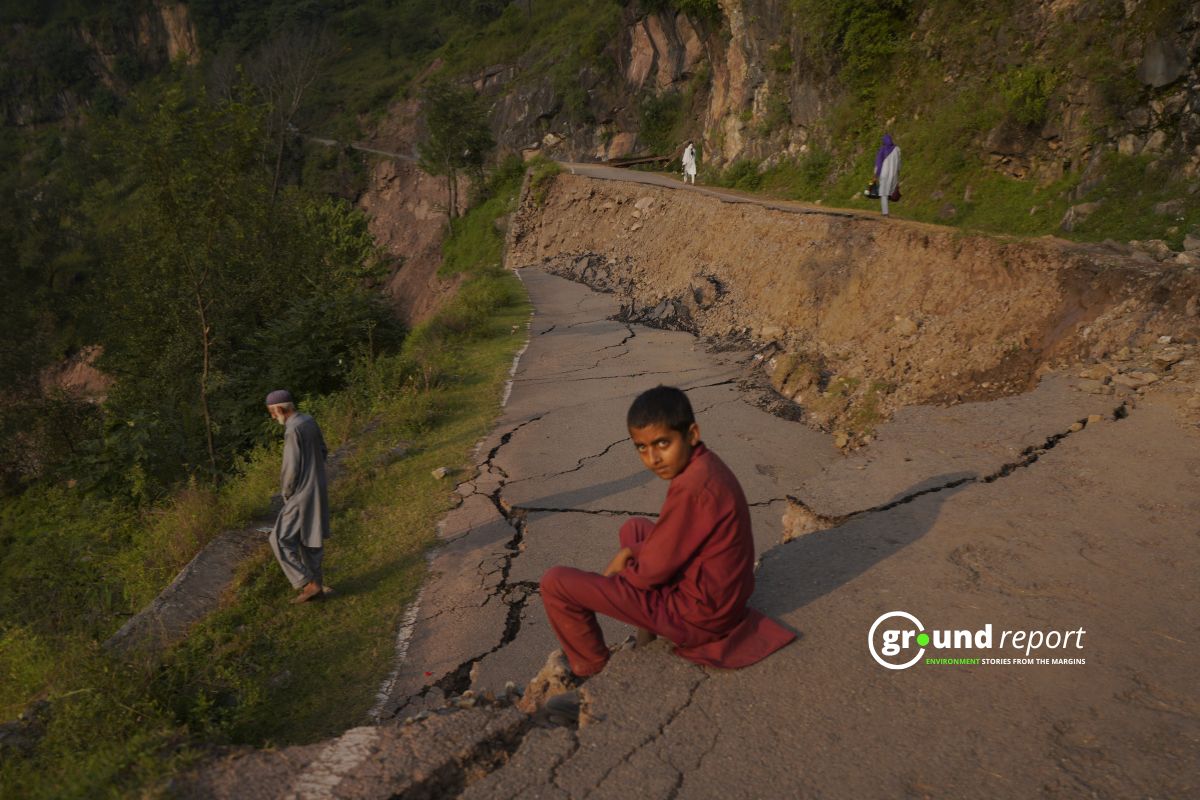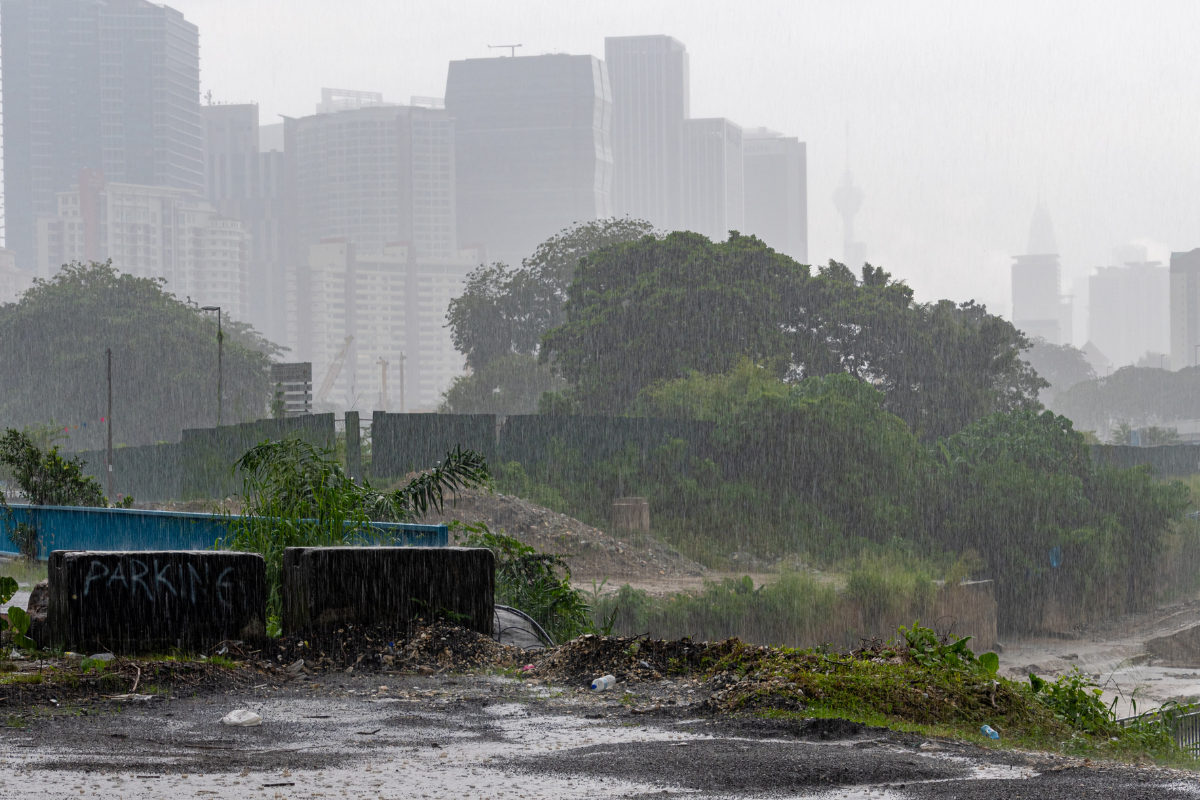The recent incident of fireworks at the Kedarnath temple premises has raised concerns among environmentalists and locals. Amidst the echo of temple bells, the loud sound of firecrackers and clouds of smoke can be seen and heard, disrupting the tranquility of the region.
Kedarnath, a town located in the Indian state of Uttarakhand, is known for its eponymous temple – a popular pilgrimage site for Hindus. However, the town is also situated in a geologically sensitive area, surrounded by glaciers and a diverse range of wildlife.
Apart from the immediate impact on wildlife and glaciers, the use of firecrackers in Kedarnath contributes to air and noise pollution. The thick smoke released from burning crackers poses a threat to the air quality, affecting both human and animal health. The noise pollution disrupts the natural soundscape of the region, potentially harming the communication and behaviour of various species.
Geologist decries harmful Kedarnath changes
The Down To Earth report underscores the impact of firecrackers on the region’s wildlife. The loud noises can disturb and disorient animals, leading to stress and potential harm. With Kedarnath being part of a delicate ecosystem, any disturbance to its wildlife could have far-reaching consequences, upsetting the balance that has existed for centuries.
Geologist Dr. SP Sati, who recently visited Kedarnath, expressed disappointment over the changed environment in Kedarnath Dham. He cited haphazard construction work, noisy helicopters, and now, fireworks as sources of disturbance, stating, “Fireworks in Kedarnath are harmful in every way. It is going to have an adverse effect on wildlife, butterflies, birds, plants, herbs etc.”
The Kedarnath Wildlife Sanctuary, the largest protected area of Uttarakhand, is home to a diverse range of wildlife, including snow leopards, Himalayan thar, musk deer, red fox, and black bear. However, Dr. Gaurav Sharma from the Zoological Survey of India noted that wildlife has moved away from areas of human traffic in Kedarnath.
The report also highlighted that the noise caused by fireworks or helicopter flying does not have any direct impact on the creatures living in the sanctuary. However, a research conducted on the sanctuary has clarified that due to many natural and human pressures, there is a decline of wildlife in Kedar Valley.
The impact of bursting crackers
The serene and sacred region of Kedarnath, known for its rich biodiversity, is under threat due to the bursting of crackers. The harmful effects of this seemingly harmless act of celebration are manifold and have far-reaching consequences on the ecology of the area.
Crackers release a significant amount of pollution into the air. They often contain elements like copper, cadmium, sulfur, aluminum, and barium that produce air and noise pollution. This can lead to a deterioration in the air quality of the region, posing a threat to the health of both humans and animals.
The pollution caused by crackers can lead to the formation of smog, a mixture of smoke and fog. This can reduce visibility and lead to road accidents, disrupting the daily life of the local population. The accidental fire caused by crackers can lead to destructive incidents. This can cause damage to the local flora and fauna, disrupting the delicate balance of the ecosystem.
The residue left behind after bursting crackers adds to the garbage in the area. This can pollute the environment and affect both humans and animals.
The loud noise produced by crackers can disturb the wildlife in the area. The Kedarnath Wildlife Sanctuary is home to a rich diversity of wildlife, including over 30 species of mammals, 240 species of birds, 147 species of butterflies, and many more. The noise pollution can disrupt their natural behavior and lead to stress and disorientation.
Keep Reading
Part 1: Cloudburst in Ganderbal’s Padabal village & unfulfilled promises
India braces for intense 2024 monsoon amid recent deadly weather trends
Support us to keep independent environmental journalism alive in India.
Follow Ground Report on X, Instagram and Facebook for environmental and underreported stories from the margins. Give us feedback on our email id greport2018@gmail.com.
Don’t forget to Subscribe to our weekly newsletter, Join our community on WhatsApp, and Follow our YouTube Channel for video stories.








